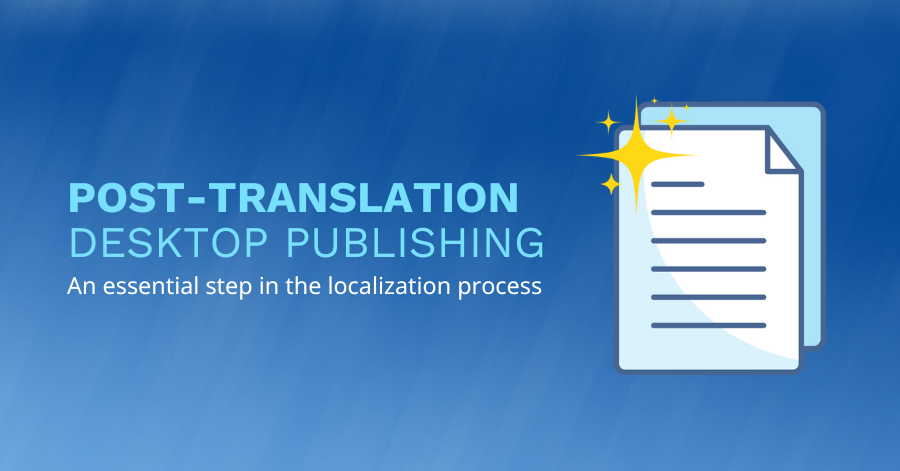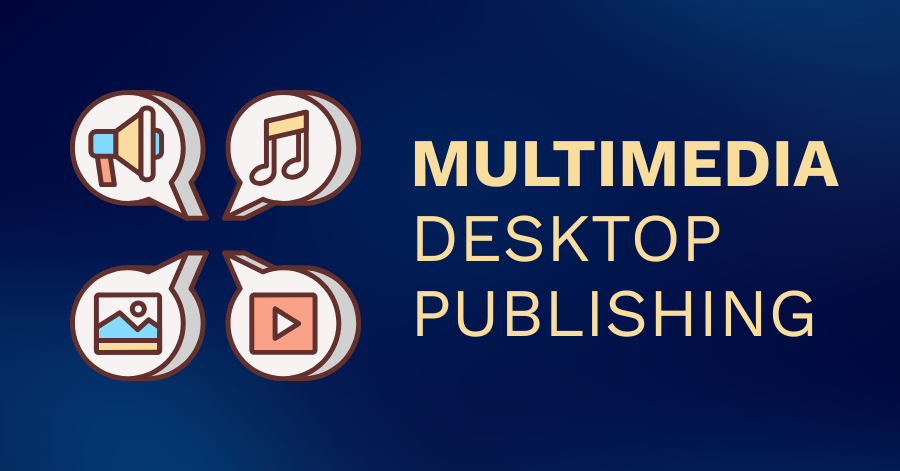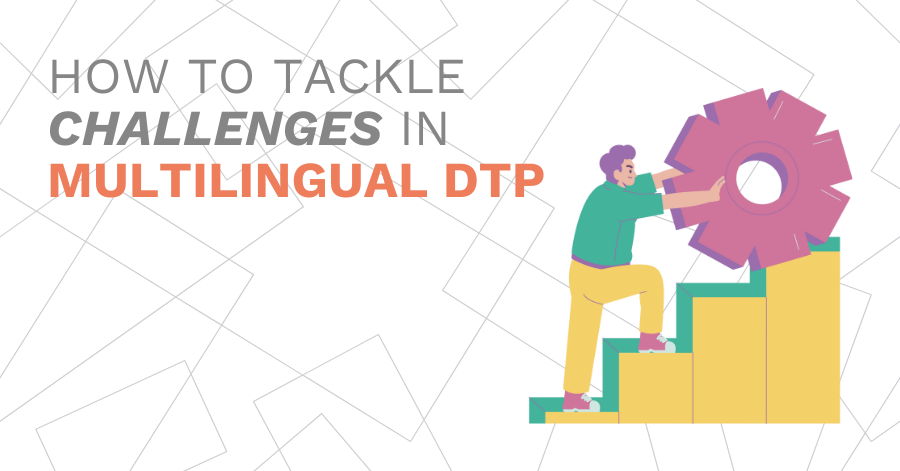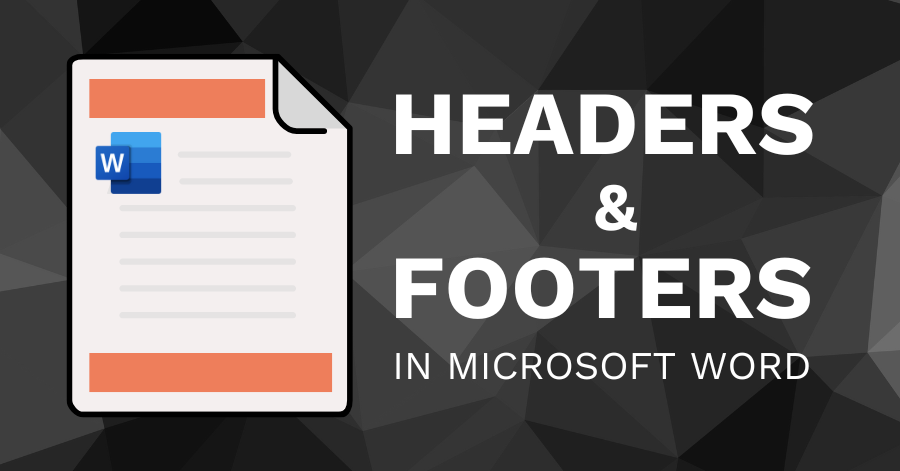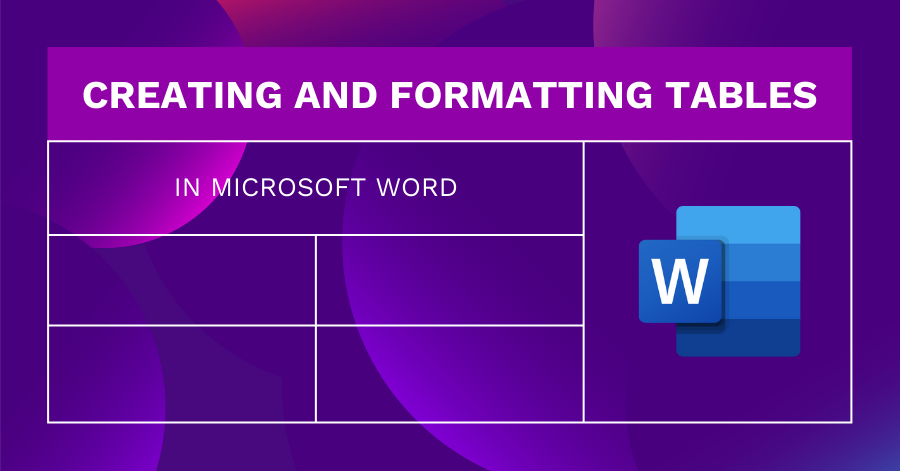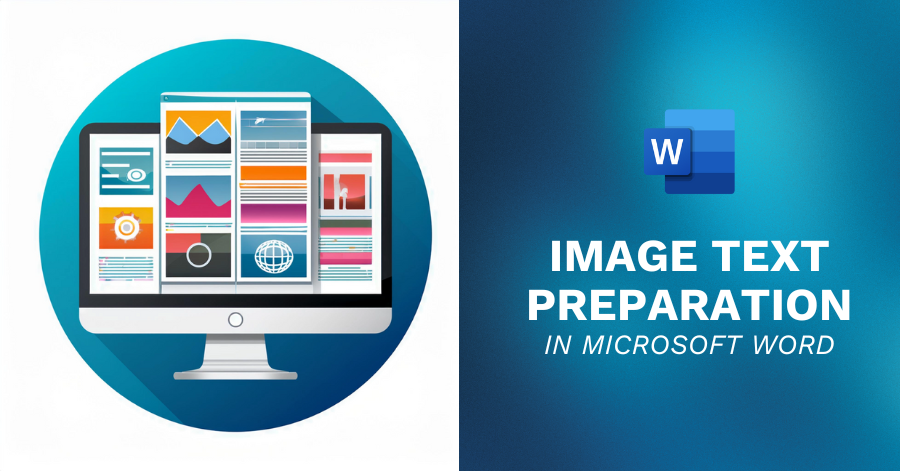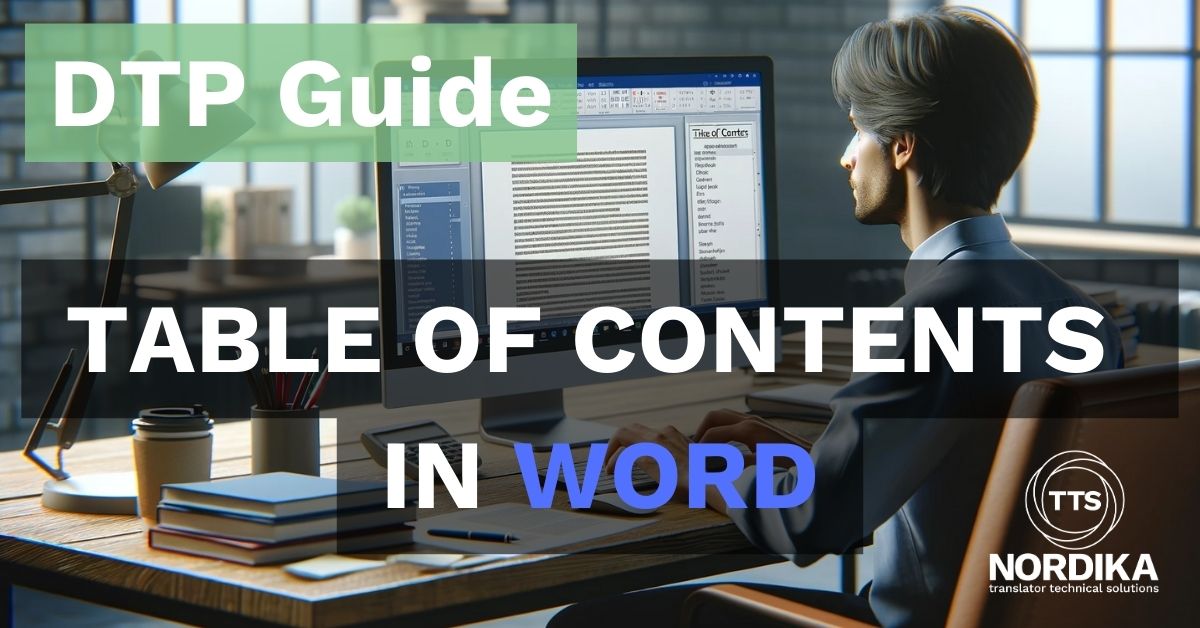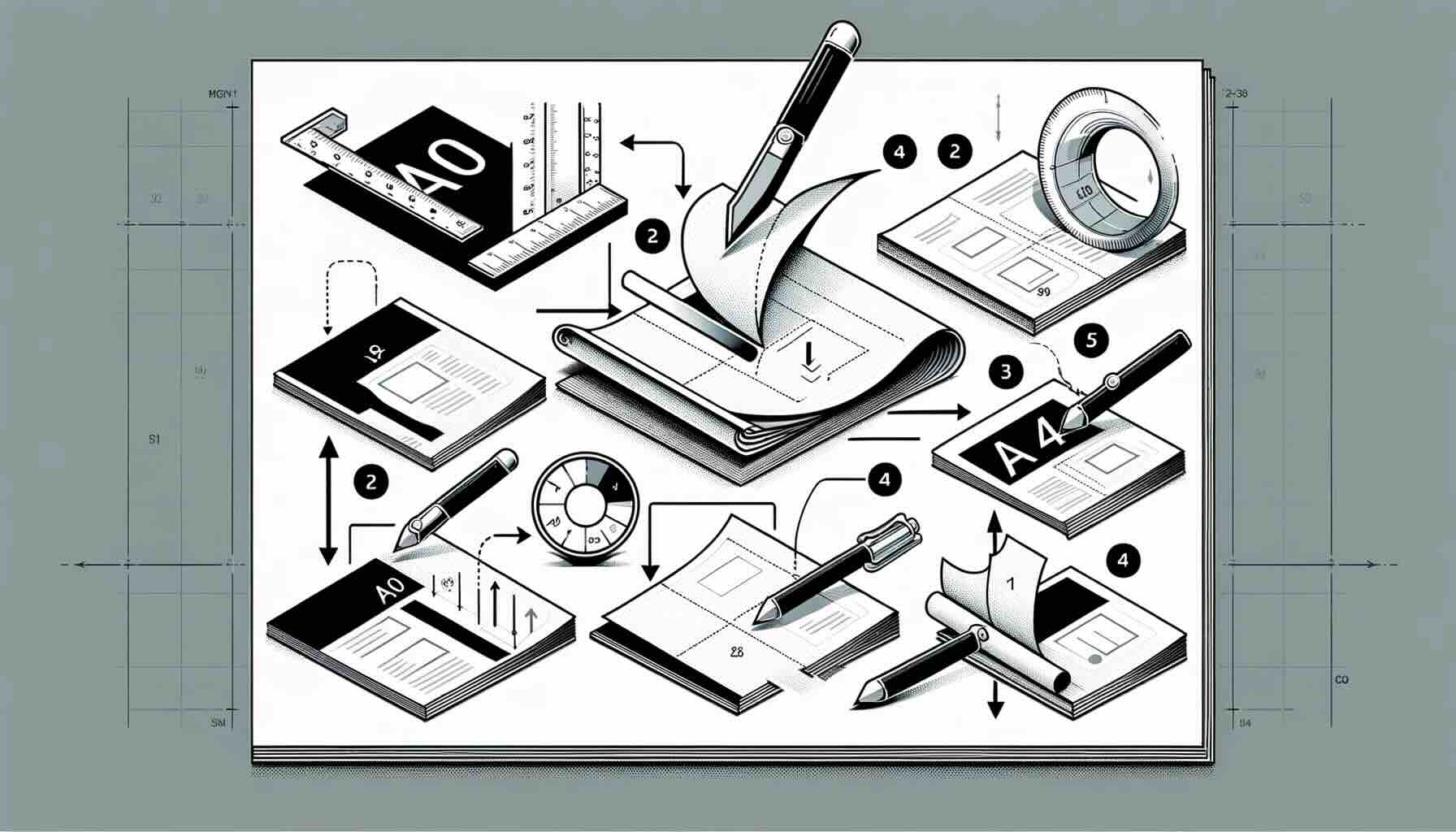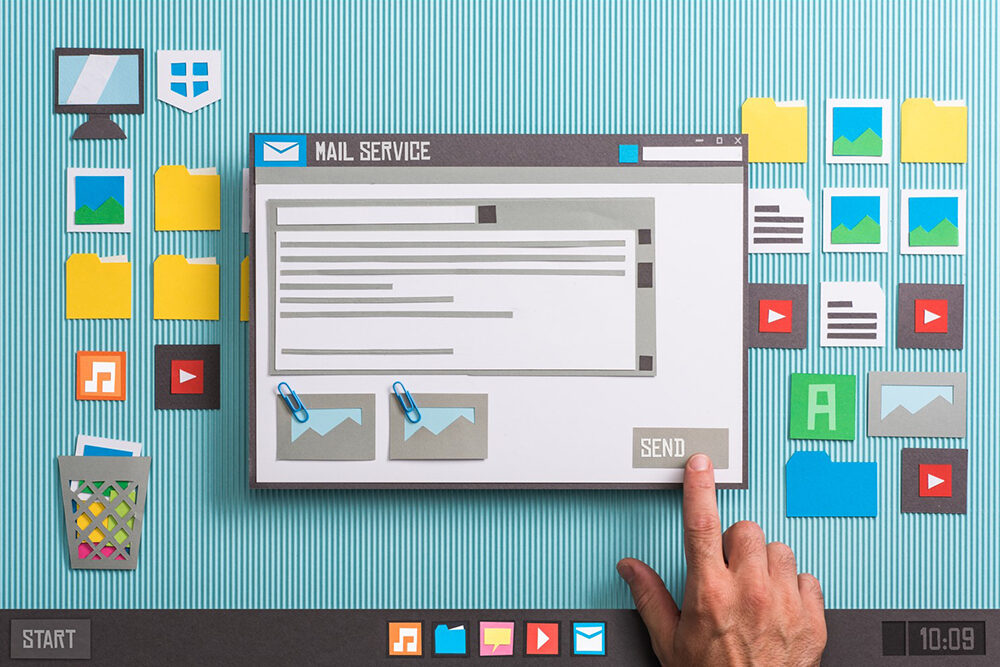Localization is an intricate process that involves much more than translating text. For any multilingual content to succeed in diverse markets, it must be both linguistically accurate and visually appealing. This is where Post-Translation Desktop Publishing (DTP) emerges as an essential step in the localization workflow. By integrating linguistic precision with design expertise, DTP ensures that localized content maintains brand consistency and cultural relevance across global markets.
What Is Post-Translation Desktop Publishing?
Post-Translation DTP refers to the process of formatting and designing localized content to ensure it looks professional and meets both linguistic and visual standards. After the text has been translated, DTP specialists work with layout and design tools to adjust the content, accounting for factors such as text expansion, font compatibility, and cultural nuances. The goal is to create a polished and functional output ready for its intended audience, whether it’s a brochure, website, e-learning module, or user manual.
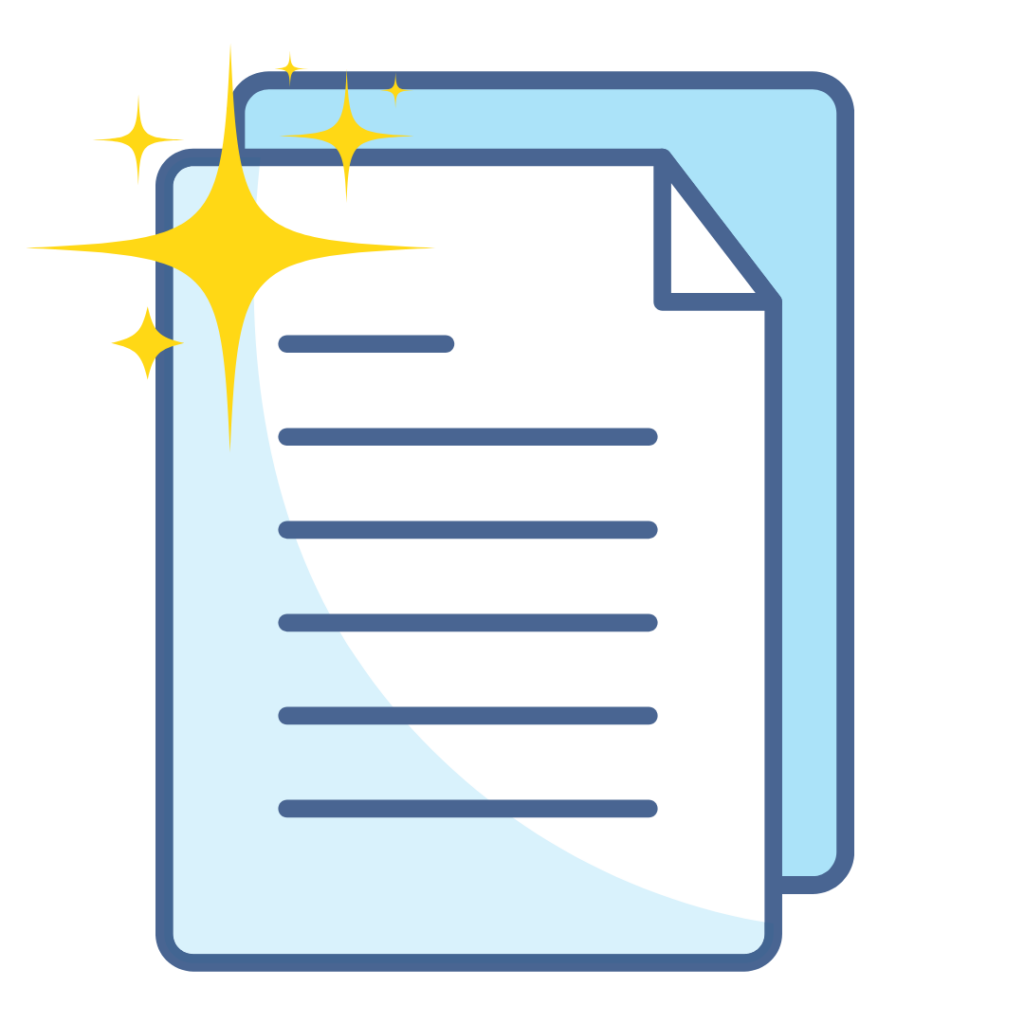
Why Should You Include DTP in Your Translation Workflow?
Post-Translation DTP is vital for delivering high-quality localized materials. Without it, the translated text might not fit within design templates, visual elements could misalign, or the overall layout might lose its intended impact. Here are more reasons that highlight the importance of DTP:
Preserving Brand Consistency
DTP ensures that localized materials align with the brand’s established design guidelines, reinforcing a consistent image across global markets. This includes consistent use of logos, fonts, colors, and layout. A cohesive presentation not only enhances brand recognition but also helps convey the intended message effectively.
Cultural Relevance
Adjustments in design, colors, and imagery help cater to the preferences and expectations of the target audience. For instance, certain colors may hold different symbolic meanings across cultures, or specific imagery may be more relatable to one region than another. By tailoring these elements, businesses can avoid cultural missteps, foster better connections with their audience, and ensure that their message is both respectful and impactful in diverse markets.
Functionality Across Languages
Post-translation DTP is essential for addressing the structural and linguistic variations between languages, ensuring that localized materials maintain their readability, functionality, and visual appeal. One of the most common challenges is handling text expansion or contraction.
Professionalism
A high-quality presentation boosts the credibility and impact of the localized content. This is particularly important in fields such as marketing, legal, and healthcare, where precision and clear communication are vital.
Challenges in Post-Translation DTP
While DTP is an essential part of the translation workflow, it comes with its share of challenges. Overcoming these thresholds requires technical skills, linguistic awareness, and design expertise:
Text Expansion and Contraction
When translating text, languages like French or German often require more space, while others, like Chinese, take up less. Text expansion in languages like German might also require rethinking line breaks, hyphenation, or even redesigning sections to ensure readability and aesthetic balance. For contraction, excessive white space left after translation may need to be creatively filled, perhaps by resizing images, adjusting spacing, or rebalancing the layout.
Font Compatibility
Font compatibility is a critical consideration in post-translation DTP, especially when working with non-Latin scripts such as Arabic, Hindi, Chinese, or Thai. These scripts often require specialized fonts to ensure that all characters, including diacritics, ligatures, and unique symbols, are displayed correctly and remain legible across various platforms and devices.
Directionality Issues
Languages such as Arabic and Hebrew, which are read from right to left (RTL), introduce unique challenges in post-translation DTP. Adapting layouts for these languages requires not only reversing the text flow but also making significant adjustments to the overall design
Graphics and Embedded Text
Images containing text often require editing to reflect the localized language. This involves more than just replacing the original text with a translated version—it requires maintaining the visual harmony and design integrity of the graphic.
A thorough QA process is crucial to verify that all design and linguistic elements are correct in the final output.

Best Practices for Effective Post-Translation DTP
To ensure a smooth and effective DTP process, consider the following best practices:
Collaborate Early
Involve DTP specialists from the beginning of the localization project to anticipate potential design challenges before they become costly or time-consuming issues. By working closely with translators, project managers, and designers, DTP professionals can provide valuable insights into how the design and layout might be affected by linguistic and cultural variations.
Use Style Guides
Maintain consistency by creating detailed style guides for fonts, colors, and layouts specific to each language. By incorporating these elements into a style guide, organizations can streamline the localization process, minimize errors, and deliver materials that are consistent, culturally relevant, and aligned with their branding.
Prepare Source Files
Optimize source files by ensuring they are in editable formats, making text and graphic updates quicker and more efficient. By preparing source files effectively, businesses can avoid unnecessary delays and ensure a smoother, more efficient localization process.
Prioritize Quality Assurance
Implement rigorous QA processes to catch any inaccuracies early and prevent issues from escalating in later stages of the project.
Train Teams
Provide translators and DTP specialists with an understanding of each other’s workflows to enhance collaboration. When both teams are familiar with the challenges and requirements of the other, they can work more efficiently, reduce errors, and create high-quality localized content that meets all linguistic, cultural, and design standards.

Tools and Technologies for DTP
Effective post-translation DTP depends on a range of specialized tools tailored for localization and publishing. Here are some examples of tools commonly used in DTP.
Adobe InDesign
Adobe InDesign is a powerful and versatile desktop publishing software designed for creating and editing complex layouts. It is a go-to tool for professionals in publishing, marketing, and design, offering a rich set of features that enable the creation of visually stunning materials.
FrameMaker
Adobe FrameMaker is a specialized tool designed for creating and managing complex technical documentation. Renowned for its ability to handle large, structured documents, FrameMaker is widely used in industries such as engineering, manufacturing, and IT.
Microsoft Word
Microsoft Word is a popular word processing software known for its versatility and ease of use. While primarily designed for creating and editing text-based documents, Word offers a range of features that make it suitable for handling some layouts and formatting tasks as well.
Affinity Publisher
Affinity Publisher is a professional desktop publishing (DTP) software that offers powerful capabilities for creating visually stunning layouts and designs. As a cost-effective alternative to Adobe tools, it has gained significant popularity among designers, marketers, and publishers looking for a high-quality yet budget-friendly solution.
Articulate Storyline
Articulate Storyline is a powerful and widely used eLearning tool designed for creating interactive, engaging, and responsive online courses and training programs.
Adobe Captivate
Adobe Captivate is a comprehensive eLearning tool for creating interactive and responsive online courses, simulations, and assessments.
Translation Management Systems (TMS)
Platforms like Trados Studio or MemoQ integrate with DTP tools, ensuring seamless content synchronization.

Typical Use Cases for DTP
Post-Translation DTP is utilized across diverse industries. Here are a few examples:
Promotional Materials
A global electronics brand ensures its promotional brochures maintain visual appeal across 12 languages, including Arabic and Japanese.
E-Learning Modules
An educational platform localizes its courses for French and Chinese markets, addressing text expansion and embedding translated captions in videos.
Software Manuals
A tech company adapts its user guides for multiple markets, ensuring diagrams and tables align with localized text.
Conclusions
Post-Translation Desktop Publishing is an indispensable component of the localization workflow, bridging the gap between translation and visual presentation. By addressing linguistic and design challenges, DTP ensures that multilingual content resonates with global audiences while maintaining professionalism and brand consistency.
Investing in high-quality DTP processes and collaborating with experienced professionals can really make the difference for your localized content. Whether you’re a localization manager, designer, or translator, understanding DTP is key to delivering exceptional results in today’s globalized world!

